In this #coachbetter episode, we sit down with a panel of educators to think about what remote learning might do to shift our assessment practices. If you have been thinking about how to assess, what to assess and why to assess, this episode will provide you with a glimpse into the thinking of different schools.
Subscribe to #coachbetter via your favorite Podcast Player!
Featured Guests
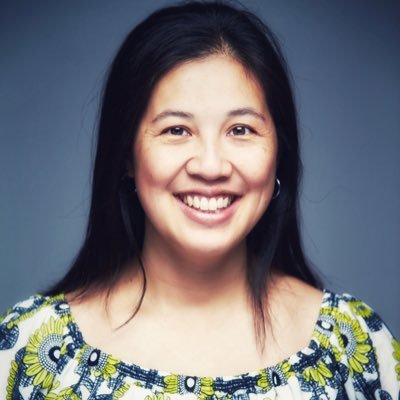

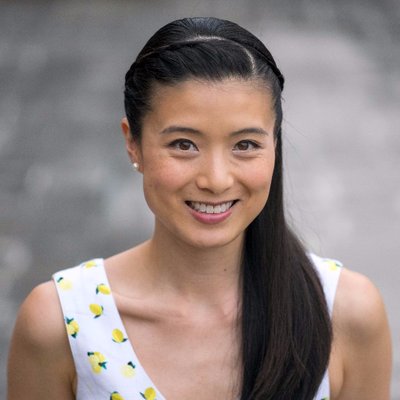
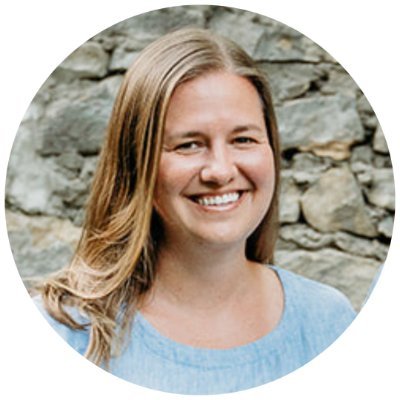
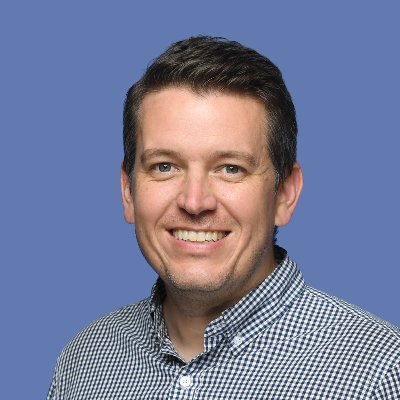

Bonus! Watch the Spotlight Version on YouTube!
SHOW NOTES
ASSESSMENT: End-of-year assessments: what’s going to happen? DP exams, PYP exhibition, just closing out the academic year overall (esp now that IB exams have been canceled)
Tanya: Still a question mark, government keeps pushing school opening two weeks at a time.
Annalee: Oral language assessments are continuing at SAS. Academic Council met last week to dig into what could the end of the year look like. AP and internal exams are still on. Exploring options about what the traditional model is, and what other options might look like.
Clint: What does a valid assessment look like in an elearning environment. Are we taking the assessments we traditionally give, and making them digital, or can we reconcieve what they might look like. How do we ensure an end of unit assessment is valid in the current environment.
Sandra: Really cool formative assessments, interdisciplinary unit in secondary, Keystone Model UN. Students were collaborating, using Teams meeting, dressed up formally representing different nations. It’s exactly what we want teachers to move into in a normal school setting. Teachers still don’t want to re-think assessment (looking into exam software, keeping only one browser open, etc). My heart of hearts says this is not good assessment practice.
Amy: This moment is unknown, it’s forcing people to shift their thinking. There are shifts that have been needing to happen and this has forced us to think about it. How do you assess student learning and growth in a virtual setting. Teachers are providing lots of feedback: formative and summative. Pushing students to demonstrate their learning. If we don’t know how and why they got the answer, we don’t know if that’s an accurate description of their learning. Coaches have helped teachers eliminate the curriculum clutter – focusing in on just the essential standards so gives focus to their work and assessment choices.
Jeff: Dividing content into what’s theoretical and can be shown digitally, and what can’t. Assess things that kids can share with me, not assessing physical objects they’ve built at home.
Is this the time to be having these deep conversations about assessment?
Tanya: this is a window of possibility for my school. Depends on the school culture. Might be the time to try it out and tinker, but maybe the change might come a little later.
Annalee: the cognitive load just in shifting pedagogy and understanding what it means to teach a course online, when that’s not what you’ve been trained for, is huge. Teachers are reaching out and saying, normally I would do this, but I can’t, is there a way I can do something different. It’s a step outside of the norm, but not a leap. For example: students are teaching, or peer to peer feedback is happening on a live document. What are the things we can do with the tools we already have and know, that can provide a different opportunity.
Pana: Huge culture of maintaining consistency. Teachers wait for “decisions” from leadership because they are afraid that they might stand out as different from a peer teacher. Some triage, get rid of content that is not essential.
Sandra: Depends on the stage that you’re at in online learning. Jennifer Wathel’s stages of elearning graphic. Many teachers / schools are just in firefighting mode. Not in the mindset to think about assessments and the quality of learning they’re putting out there. Now we’re thinking about not wasting students time. Approaches to Learning: makes much richer assessments. You have limited time with your students how are you going to be able to cover these kinds of skills
So if we consider what’s happening in these schools to be in “the future” for schools in North America, what should they know and think about?
Pana: don’t push content for contents sake to say that you’re teaching. A lot of schools had to push content without very little guidance. Leadership needs to get a hold on what a day looks like at home for the conditions of the families that they work with. Use that to build the content. Set a picture of day and start from there.
Amy: In one of our early weeks, it’s easy to push engagements and its difficult to be engaged. It’s easy to assign work, it’s difficult to ensure learning. Clear communication about how different tasks build from day to day.
Tanya: Thinking about the messaging for parents, now you’re kinda the teacher for the parents too. Is the content laid out in a way that helps the parent support learning at home.
Annalee: focus on relationships, routines and communicating that. The primary audience is the students, but the secondary audience is the parents, and they’re as overwhelmed and feel as unclear as we do and their child does. Whatever we put out there in those initial weeks, parents need to be aware of the expectations.
Sandra: Less is more, don’t re-invent the wheel. So many people have already shared so much. Use what’s available.
How does it look? What are you seeing in terms of those “a little bit different” assessments?
Jeff: Kids like seeing you, whether it’s synchronous, video, or screencast. Kids say “I’m more engaged when I see my teacher on the screen”. I’m still figuring it out, but I’m pretty sure it includes my face on the screen.
Amy: Huge uptick when teachers left a video screencast feedback. Zoom calls dramatically increased engagement. Kids see their teachers almost every day. Positive correlation with engagement.
Clint: In addition to seeing their teachers, they love seeing their classmates. Finding ways to provide opportunities for kids to connect with each other is essential. Easy to get lost in content, but it’s about connection.
Annalee: Every time we’ve run an online ProD session, there’s always a bunch of people there, before we get there to lead the session. When you feel so disconnected, any opportunity to be together and have normal conversations, adds a higher degree of value: that personal human connection.
Sandra: The offline and online component. When a teacher does an activity that ties well with their content. The offline activities that connect with the content os they are learning but not on screen all day.
Building Community Virtually Through Events
Sandra: Poetry night, fundraisers. Students did all the fundraising all online. Live event, everyone joined at the same time, with a schedule and a program and took turns, some had pre-recorded their poetry with costumes. Some was live. Audience listened.
Jeff: Counselors put out a request to MS students to plan a virtual spirit week.
Tanya: Streamyard to use YT live to ministries to people in the community.
Annalee: Principals are virtual with parent coffees. Starting to hear from students who want to use our tools to reignite their own clubs, including things like a virtual science fair
Jeff: Virtual Happy Hour, played a game, hung out and sipped drinks, can make some adjustments and apply that to students.
Pana: lots of kids are missing out on field trips, and using virtual museums and zoos to recreate those. Asking kids to make observations, draw a sketch, and then share with their peers during the field trip.
Amy: Primary counselors have held “recess hours” and “lunch dates” for students. Pick a time each week for each grade, have an open meeting set up where kids can eat their lunch and see each other and chat and play. Wonder Wednesdays: one day a week to focus on specialists. Collaborative calls with art, music, PE, drama
One thing that makes you stay sane:
Annalee: awesome team, collaboration is even richer than in the same space; Yoga with Adrienne on YT.
Pana: Finding some way to get some fresh air and sunshine. Time for yourself to take a walk or step on your balcony.
Sandra: Finding safe spaces with people you can speak truthfully with, some things you can’t share with everyone at school. You need that safe space to vent & release. Set boundaries on weekend.
Amy: keep weekends sacred. Getting outside and having fresh air.
Clint: Working on the back porch, enjoying Australian autumn
Tanya: small hiking mountain outside the backdoor, baking, doing things with your hands
Jeff: Trying something new
Level Up Your Coaching with The Coach!
If you are ready to dive deep into your coaching practice, to help you #coachbetter and build a thriving coaching culture in your school, please join us for our next cohort of The Coach!
Wherever you are in building a coaching culture in your school, The Coach will give you the strategies, skills and tools you need to make coaching a success and will empower you to confidently apply instructional coaching strategies in any situation – from building a coaching program, to having coaching conversations, to being a leader in your school community. We facilitate only one cohort each academic year so we can offer individualized support for each participant.
Coaches of all levels are welcome: you’ll start the program with a self-assessment to determine exactly what the next steps are for you!
Registration for our next global cohort opens once a year – check the website for details!
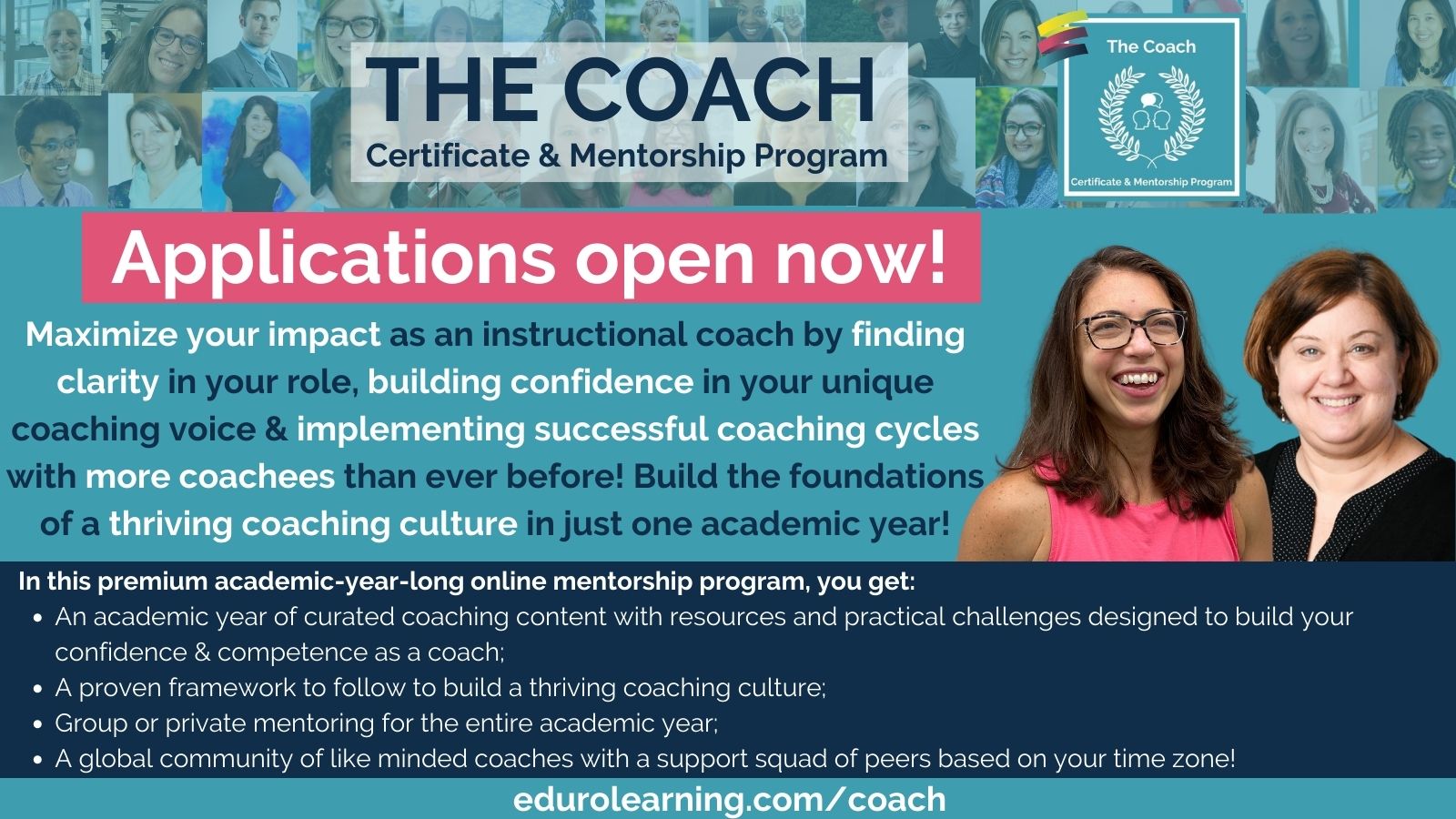
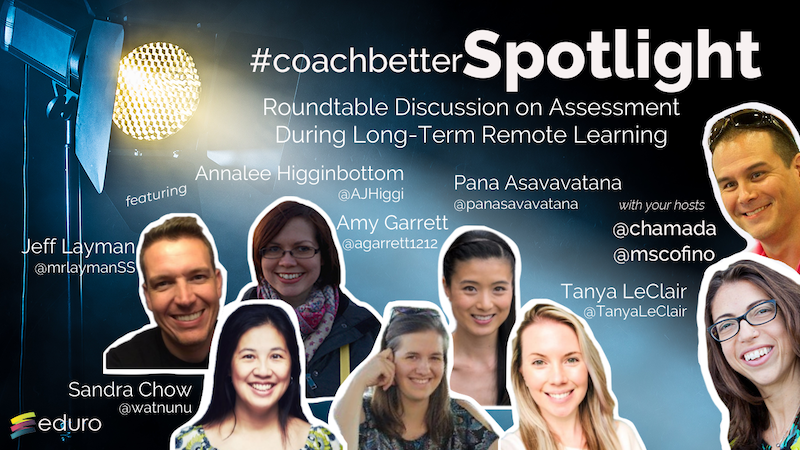




Recent Comments